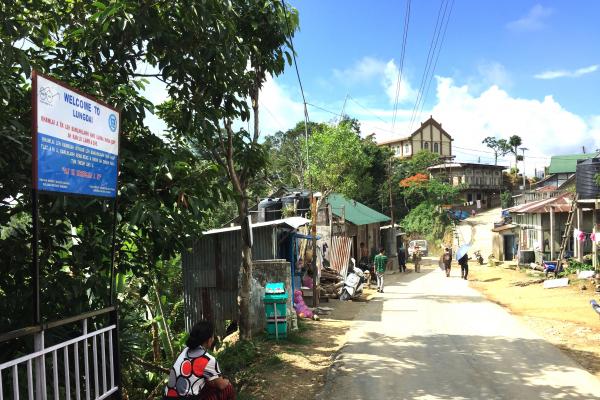Sep 26, 2018
Every day for the last 10 months, Simon* has diligently followed a routine that begins with an 8 a.m. visit to his church. While the 23-year-old has always been religious, this visit is not for prayer or service. Like 53 other men in his village, he makes his way to a small room with a large French-style window, and waits for his turn. A community health worker hands him his daily dose of buprenorphine, which he places under his tongue in front of her and Simon knows he can get through the rest of the day.
Read the Full Article

Already a subscriber? Login
